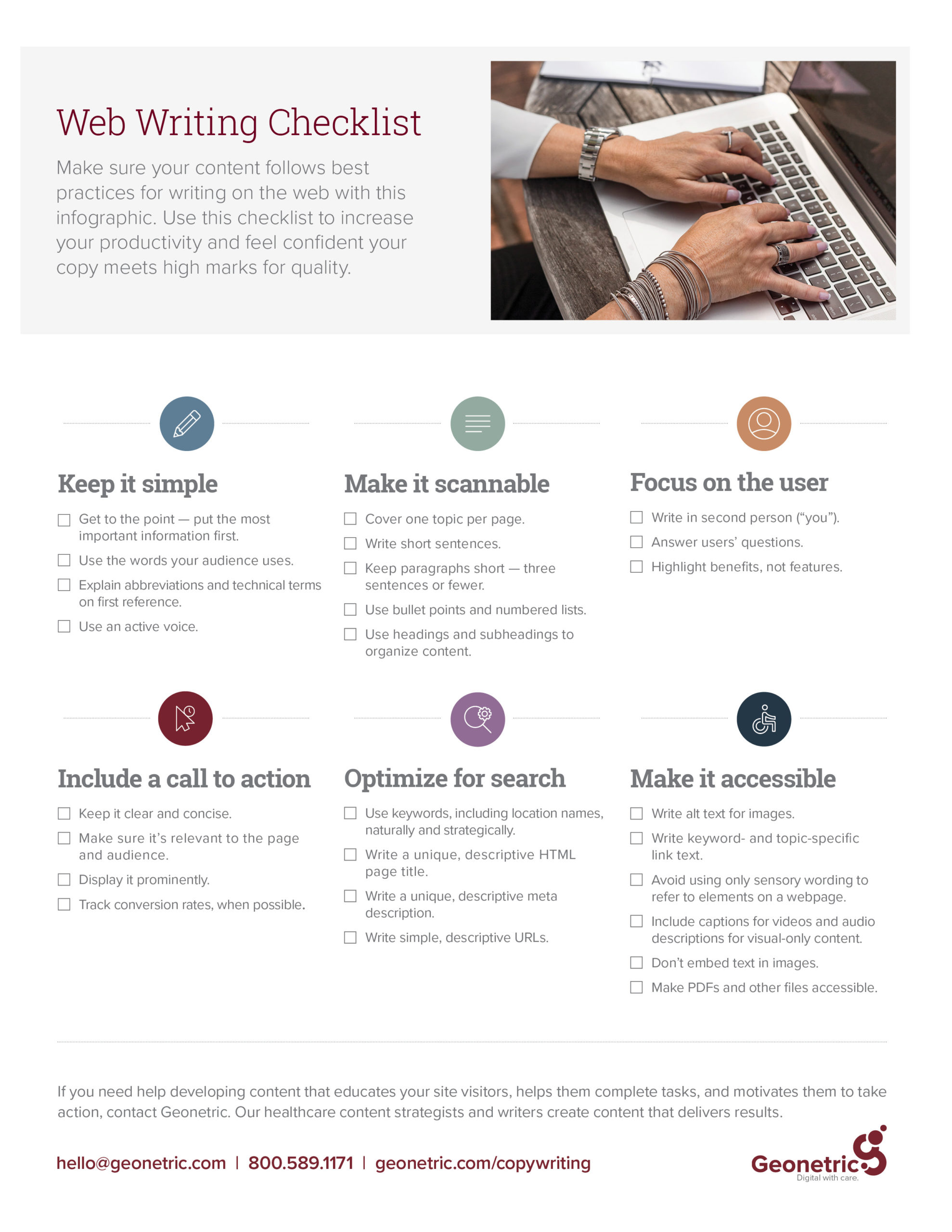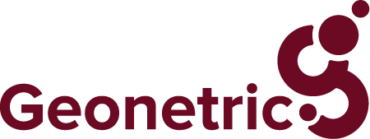Boost your service line performance and accomplish goals like increasing brand awareness and patient volume when you dig into your competitors’ websites, service line by service line.
Take an Iterative Approach
Good healthcare marketing is a marathon, not a sprint. That’s why we recommend analyzing your competition from a service line perspective, as well as an overall organizational perspective. But which department or service line would most benefit from competitive analysis? Start with the service lines that are a primary focus for your organization as part of your strategic plan. If there are too many to choose from, or your organization hasn’t identified priorities, ask yourself the following:
- Which service lines generate the most revenue?
- Are there service lines with strong or increasing competition in your area?
- Is there a service line that’s grown in the last few years or has future opportunities to grow? Or a service line that seems to be losing business?
Once you’ve determined the service line(s) you think would most benefit from strategic competitive analysis, you’ll enter into a research and discovery phase.
Research & Discovery Step 1: Who Are Your Competitors?
Your departments usually have different competitors than your organization at-large. When conducting competitive analyses, research the healthcare organizations in your town, county, state, or region—and remember that patients may be motivated to travel farther for certain types of specialized care. Compile a list of the organizations you intend to analyze who present current or potential threats to your organization’s services.
Research & Discovery Step 2: Interview Stakeholders
Your departmental leaders have nuanced knowledge about the services you offer, how your patients and community view your organization, and the competitive landscape in your area. Ask them:
- When patients don’t see you for care, where do they go? Confirm the list you created of competitors in your region from Step 1. In context of your service line, what do they do well, and what are their weaknesses? How do your different competitors potentially threaten your business?
- What’s different and unique about your care? How do the services you offer or your team’s approach to care differ?
- What’s the one thing you want your patients to tell others about your team’s care? Do patients and their families see you as the community hospital offering one-on-one attention, the academic research center with cutting-edge technology, or the one-stop-shop for primary and specialty care? Think about your strengths and how they support your brand.
- Who is your typical patient? Describe their demographics, preferences, and interests, and what you know they like most about your services.
Research & Discovery Step 3: Understand Your Target Audience
Knowing your audience—who they are, what they care about, their common questions—is critical to writing helpful, engaging service line content and setting yourself apart from your competitors.
Gather what you know about the target audience(s) of your service line, and consider if they have specific preferences for their care. If possible, interview current or past patients of the department, or review their patient feedback.
Ask what’s most important to them when it comes to researching and choosing care, what attracted them to your organization, and what they most liked or disliked about their experience.
Analyzing Your Competitors’ Online Presence
After you’ve gotten your arms around your stakeholder feedback and patients’ needs, it’s time to analyze your competitors’ websites. Research and record answers to the following questions. (Don’t forget to analyze your own organization, too!)
- Is the content easy to read and understand? Or does it have complex sentences, medical jargon, and undefined acronyms? What grade reading level is it written at?
- Is the content personalized to the user, focusing on their needs and how they benefit from getting care? Or is the content written in an organization-focused way?
- Is the content sensitive and empathetic to the patient’s experience, or is it judgmental and overly negative?
- It the section intuitively easy to navigate? Is the content organized in a way that follows the typical patient journey?
- Is the section mobile-friendly? In 2019, 51% of time spent online is now spent on a mobile device.
- Does each page have accurate and user-friendly metadata? Are relevant keywords used naturally in the copy to support SEO?
- Are there clear, relevant calls-to-action on every page? Or is the next step unclear?
- Is the website accessible? Does the site offer an equal experience to people who have a disability, or does it not comply with federal guidelines?
Beyond your competitor’s website, what other strategies are your competitors using to reach your market?
Once you’ve pinpointed your competitors’ website weaknesses and strengths, compare them to yours. Give your users the better online experience, and they’ll reward you with increased online traffic and conversions. If your service line is lacking in any of the above categories, get help from Geonetric to improve your website and get results.
Identify Your Differentiators
Weave what makes your organization the best choice for care into your copy where relevant. That means:
- Answering common patient concerns/questions in a way that positions your organization as the best choice for care
- Highlighting any unique services, treatments, or programs, or advanced technology and equipment
- Explaining your staff’s approach to care, noting any special staff certifications, educational attainments, or roles
- Listing service line department and staff awards and accreditations, explaining them in context of how patients benefit
For example, if you’re focusing on your maternity service line and you know your target audience is made up of women with diverse preferences for their birth experience, use language that makes it clear your staff respect the patient’s preferences and birth plan, and that you offer a wide range of amenities and services to suit different personal choices.
Spin Your “Weaknesses” into Strengths
Put a positive spin on the differences between you and your competitors. For example, if you’re a smaller community hospital competing with a behemoth health system, your content can highlight the personalized nature of your care, describing how your friendly, skilled staff treat patients and their loved ones like family. Stress how much easier it is to get same-day care once you’re an established patient. As long as it still accurately describes what it’s like to get care at your organization, there’s a way to top your competitors through strategic language.
Increase Market Share
Read our other helpful tips for conducting digital competitive analyses, or contact Geonetric today if you’re ready to increase your market share by enhancing the performance of your service line content. We offer a wide range of options to meet the unique needs of hospitals and health systems across the U.S.





